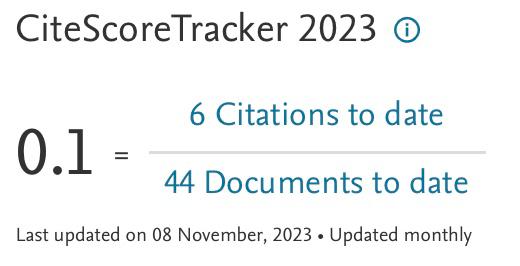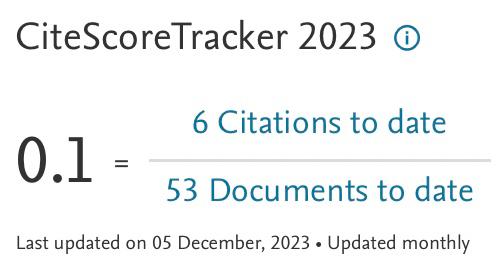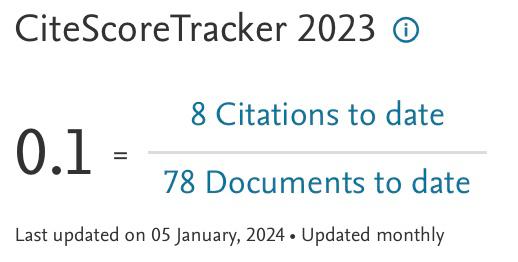Harvesting Energy from Rainfall: Initial Study by Exploring Diverse Piezoelectric Array Configurations for Enhanced Electricity Generation in Proteus Software
DOI:
https://doi.org/10.37934/aram.123.1.4455Keywords:
Piezoelectric technology, Rainfall, Array configuration, SimulationAbstract
This paper presents an innovative approach to designing and analyzing a simulated piezoelectric energy harvesting system for electricity generation, employing various array connections using Proteus software. The ingenious concept of harnessing energy from rainfall through piezoelectric technology has become an exciting way to turn a common natural occurrence into a possible power source. The rainfall energy harvesting introduces a novel approach that capitalizes on the mechanical energy imparted by raindrops as they strike surfaces, such as rooftops, pavements, or specially designed structures. This study explores distinct piezoelectric connection types to determine their impact on output voltage, focusing on applications such as rechargeable battery and LEDs. The system begins by harvesting vibration and applying it to the piezoelectric disc. The investigation prioritizes identifying the optimal array connection design. Array configurations of series (S), parallel (P), and combination of series-parallel (SP) are assessed in the simulation. Notably, the series connection of 10 units of piezoelectric elements yielded the highest output voltage at 8.5V. The findings provide valuable insights into finding the optimal array connections in enhancing piezoelectric electricity generation. This research contributes to the leading of potential applications of piezoelectric energy harvesting from rainfall, offering insights into a greener and more self-sufficient energy future.























